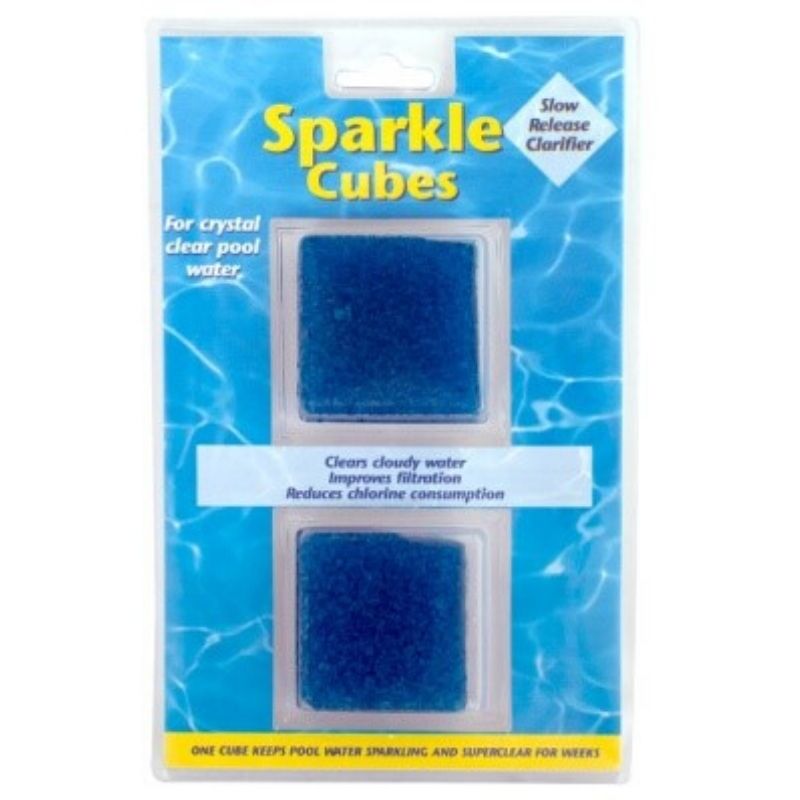

For cleaning tile or vinyl at the waterline, try using our Super Tile & Vinyl Cleanerspray before resorting to more drastic measures like a professional acid wash or bead blasting. Using enzymes like Pool Perfect or Pool Magic can break down oily organics, preventing them from taking over your pool and compounding the problem. Manage excess calcium and minerals in pool water with In The Swim Stain Away, Natural Chemistry Scale Free, or Jack’s Blue Stuff.

But in certain water conditions, scale can deposit an all-over dirty film onto other pool surfaces. It’s most often found at the waterline in scaly white, gray, or tan deposits. Well Water, Corrosion of Iron Pipes/Fittings/Rebarĭark Red/Orange, Brown, Black Sometimes Pale Green or Blue-GrayĬorrosion of Nickel-Coated Nuts/Bolts/HeatersĪ mineral or calcium stain is often just a film of scale mixed with dirt and oils, and appears as dull discoloration. White or Light Gray (Crystals or Precipitate)Ĭopper Algaecides, Ionizers, Corrosion of Copper Pipes/Fittings/Heatersĭeep Blue, Blue-Green, Green, Teal Sometimes Reddish-Brown, Yellow-Brown, Black, or Purple Plaster, Grout, Mortar, Cal-Hypo Shock, Hard Water Sources Here’s a quick summary of the causes and colors of different metallic or mineral-based pool stains: Cause of Stain Maintain proper water chemistry and use stain and scale chemicals to manage metals and help prevent these types of stains from happening in the first place. This causes stains and scale to appear on pool surfaces.

When water is unbalanced, metals and calcium in the water can fall out of solution. Test for metals and calcium content, and properly balance all aspects of water chemistry. Metal or Mineral Pool StainsĪn important part of pool management is testing and balancing your pool water. Mottling is often subtle, but cannot be removed. Rather, it’s a natural effect often seen in plaster pools due to natural product variations in hue and shade as the plaster is applied. Whichever of the four topical tests affects the stain will indicate what product is needed to remove it.Īnother type of “stain” we get questions about involves natural mottling in plaster. In this case, something like Jack’s Magic Stain ID Kitcan help determine the exact type of stain you have. If it’s not algae, and it’s not caused by other organic contaminants, it’s most likely a metal or mineral stain.

#Salt pool sparkle how to#
Visit our Pool Info page for more information on how to treat pool algae, or keep reading below to learn more about organic stains. If the stain brushes off even slightly, or if the discoloration responds to shocking the water or sprinkling granular chlorine over it, then you’re most likely dealing with an organic stain or an algae bloom. In some cases, a pool may appear stained when it’s really just algae. The biggest clues involve the stain color, location, and general appearance of the stain (streaky, splotchy, evenly distributed, etc.). How do you know which is which? First of all, determine if the stain is organic or metallic. Organic material like leaves, dirt, oils, worms, or algae. Rust emerging through the wall, floor, or around fittings.ģ. Metals or minerals in pool water coming out of solution.Ģ. Swimming pool stains are most often caused by:ġ. Based on this information, you can more easily determine exactly what caused the stain to happen in the first place and begin working on a treatment plan. The first step in getting rid of the stained eyesore in your pool is to diagnose the stain type. But sometimes, the quality of your water source or even the construction of the pool can cause issues. Most often, poor water balance and insufficient cleaning habits are to blame. Stains on pool surfaces can happen from a number of different scenarios.


 0 kommentar(er)
0 kommentar(er)
